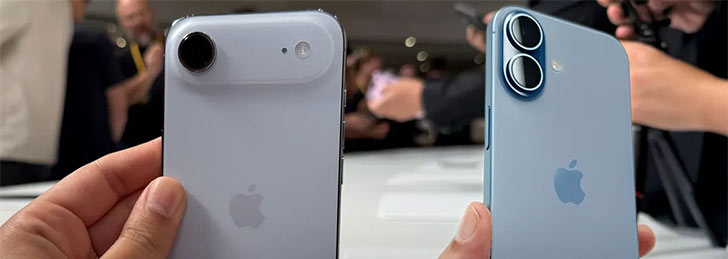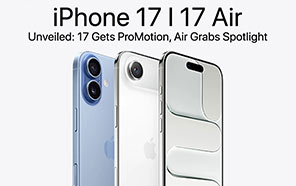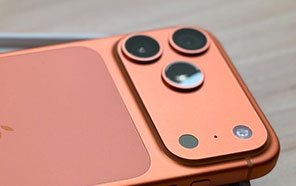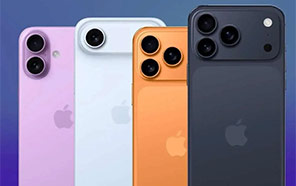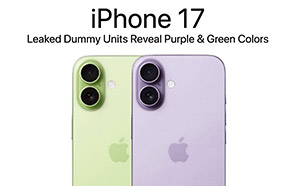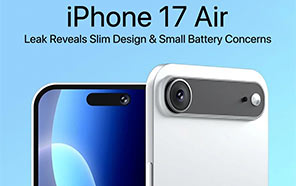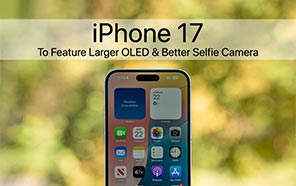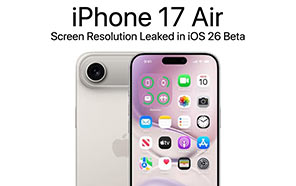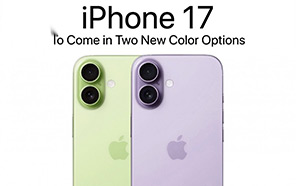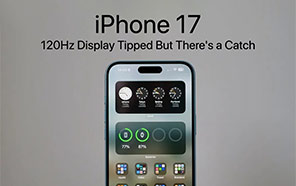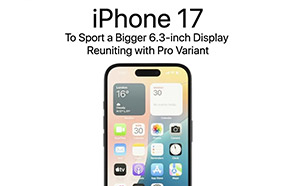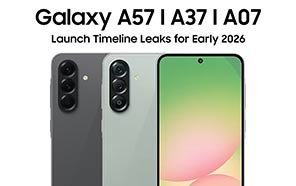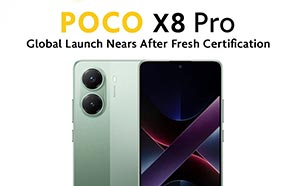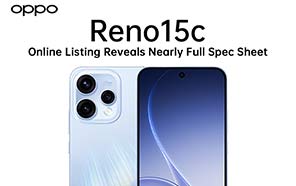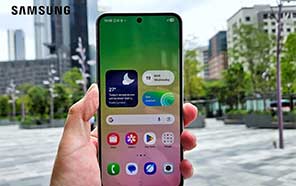The company wrapped up its big event yesterday with quite a few surprises. We saw four devices on the stage. Apple stayed true to the usual formation with iPhone 17, iPhone 17 Pro, and iPhone 17 Pro Max, but swapped out the “Plus” model with an iPhone Air. We’ll cover the Pro and Pro Max variants in a separate article. Here's everything you need to know about iPhone 17 and 17 Air.
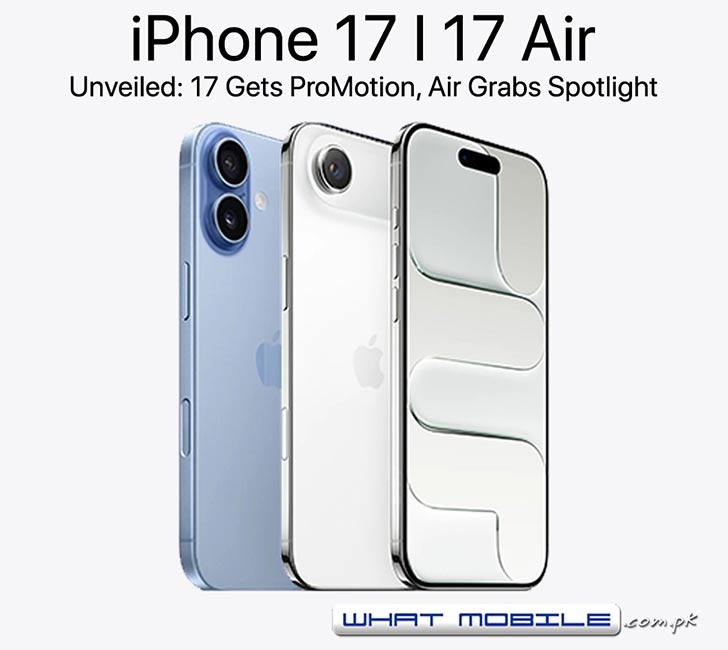
Apple iPhone 17
Apple finally lets go of the subpar 60Hz refresh rate on the vanilla model. This newcomer has a bigger 6.3” XDR OLED screen with an adaptive 1-120 Hz refresh rate. Apple fans know this feature as ProMotion.
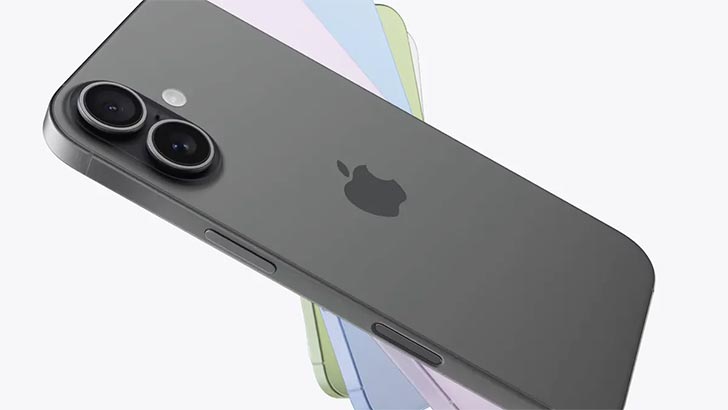
The ProMotion also unlocks Always-on display on the iPhone 17, which shows the time, widgets, and Live Activities at a glance as the refresh rate clocks down to just 1 Hz. Apple outfitted that screen with a Ceramic Shield 2, which has an anti-reflective coating. The phone is water-tight and dustproof, rated at IP68.
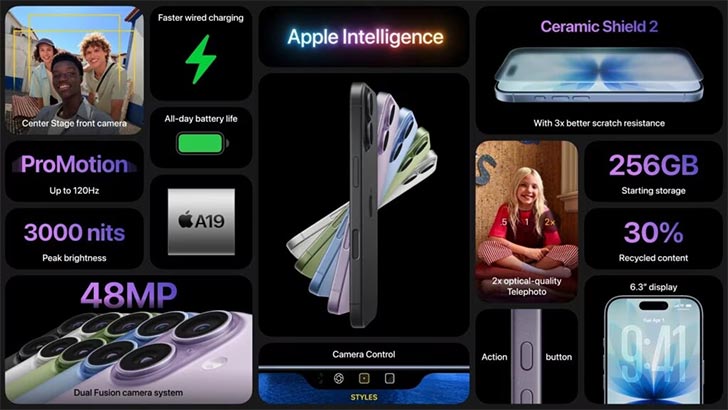
Its front panel has that typical super retina resolution and a Dynamic Island, but the peak brightness has leveled up to 3000 nits. Apple’s new 3nm A19 silicon handles the load with 6 CPU and 5 GPU cores. Its exact battery size is unknown, but with the screen and chipset optimizations, the iPhone 17 claims 30 hours of video playback.
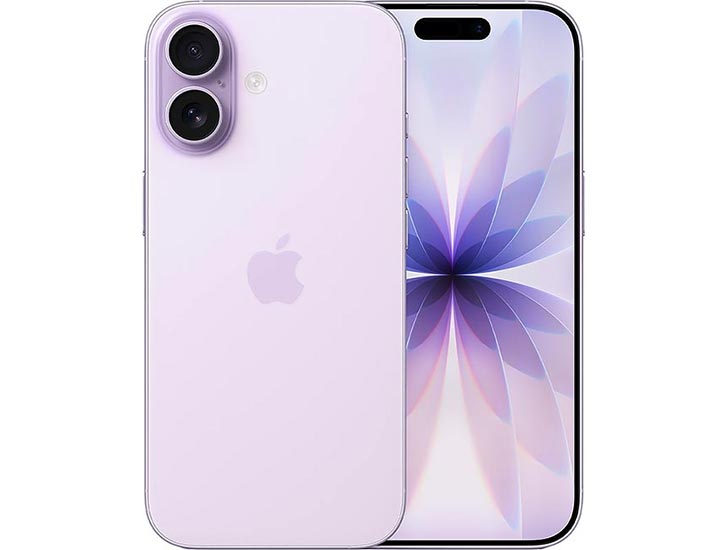
This newcomer can do a 50% refill in just 20 minutes, but only if you use the company’s “high-wattage USB-C power adapter,” which they plan to sell as an optional accessory. There’s a new Apple N1 chip that runs WiFi 7 and Bluetooth 6 on the iPhone 17.
The cameras contain 48MP main and 48MP Ultrawide sensors. The selfie unit next to the Face ID is 18MP. You’ll see iOS 26 out of the box here. Its color options are lavender, mist blue, sage, white, and black. The upgrade we are most pleased to see is 256GB storage, which can now be bought at the base price of $799 (~PKR 228,000).
Apple iPhone Air
The iPhone Air is a different breed altogether. It has the thinnest smartphone design in the whole catalog, nay, the whole industry. Apple’s clearly proud of what it has accomplished here, calling it “a paradox you have to hold to believe.” The newcomer measures 5.6mm thin.
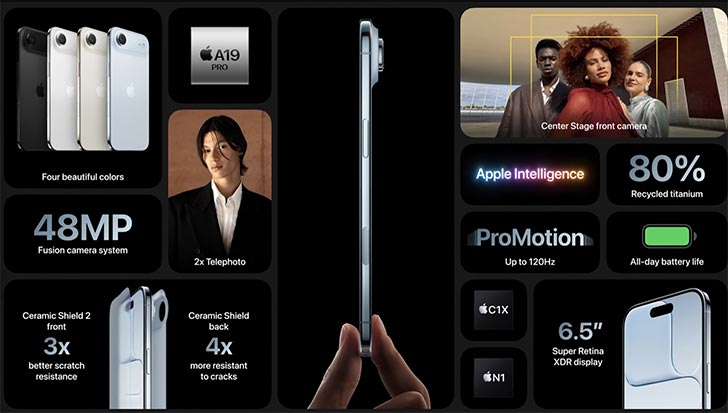
As we said before, it’s a replacement for the Plus model, though it doesn’t quite fill those shoes, as you'd expect. The screen is a smaller 6.5” LTPO super Retina OLED with a ProMotion 1-120Hz refresh rate. It has the same Ceramic Shield 2 and 3,000 nits brightness as the other siblings.
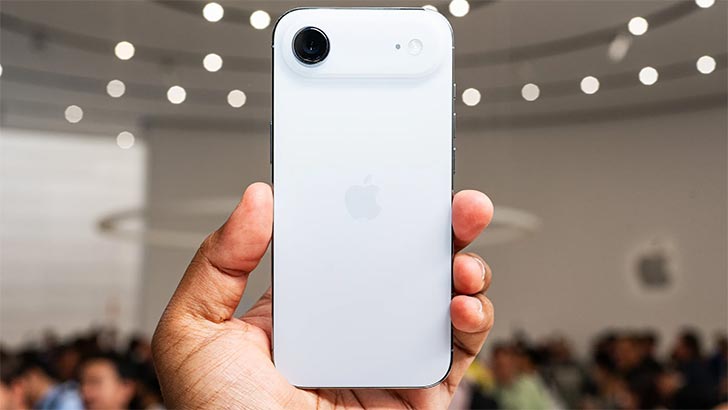
There’s just a single camera on the back, a rear 48MP unit that can do lossless 2X zoom for portraits. The front shooter is 18MP with the center stage feature for video calls. The Air steps up the performance with an A19 Pro chip (6CPU and 5GPU cores). It’s almost as fast as the basic MacBook Pro.
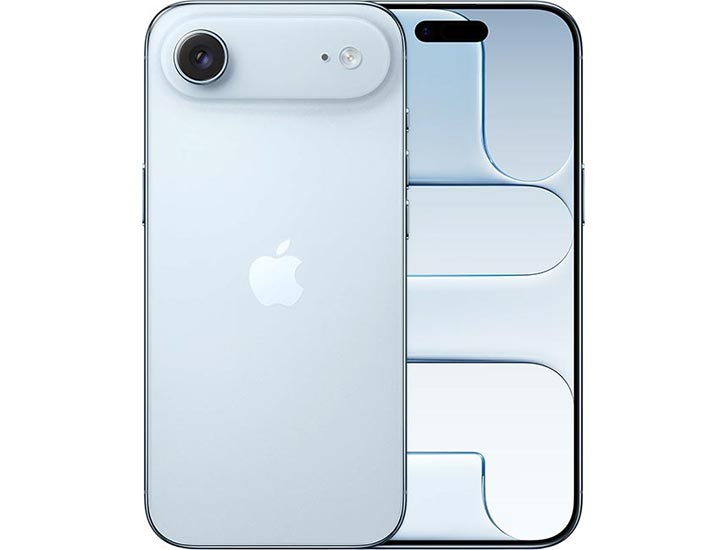
The Air also has a secondary Apple N1 chip for Bluetooth 6 and WiFi 7 with a tertiary Apple C1X 5G modem. Its exact cell capacity is nowhere to be found, but they called it an all-day battery. Claims aside, you may need to buy that $99 low-profile optional MagSafe battery pack, which Apple conveniently plans to sell on its website.
